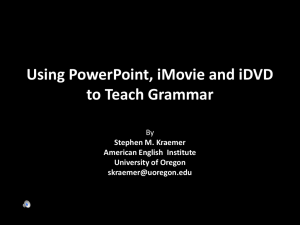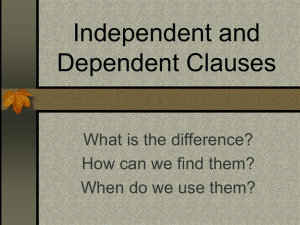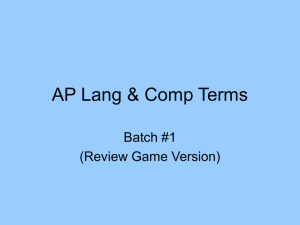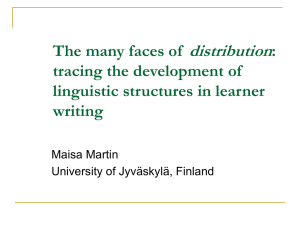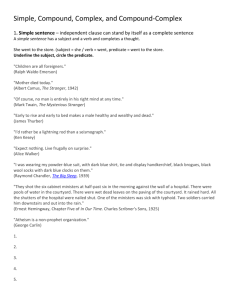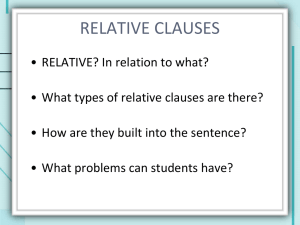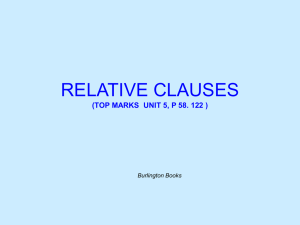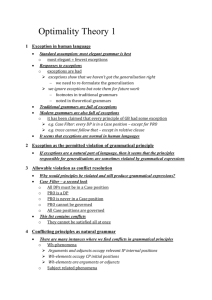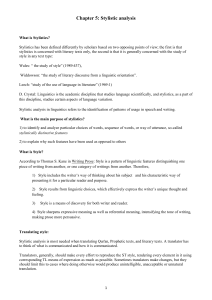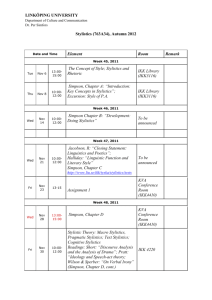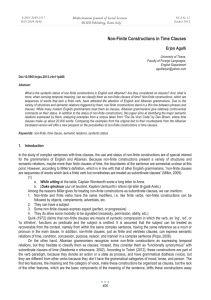Topics for Bachelor*s Degree State Examinations
advertisement
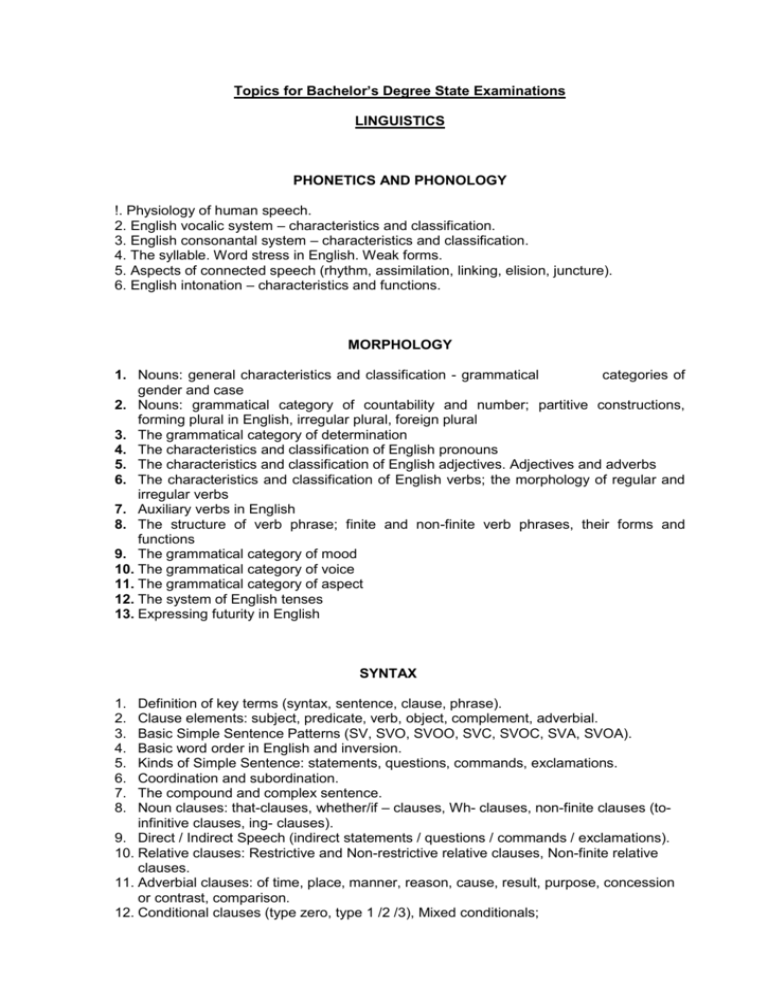
Topics for Bachelor’s Degree State Examinations LINGUISTICS PHONETICS AND PHONOLOGY !. Physiology of human speech. 2. English vocalic system – characteristics and classification. 3. English consonantal system – characteristics and classification. 4. The syllable. Word stress in English. Weak forms. 5. Aspects of connected speech (rhythm, assimilation, linking, elision, juncture). 6. English intonation – characteristics and functions. MORPHOLOGY 1. Nouns: general characteristics and classification - grammatical categories of gender and case 2. Nouns: grammatical category of countability and number; partitive constructions, forming plural in English, irregular plural, foreign plural 3. The grammatical category of determination 4. The characteristics and classification of English pronouns 5. The characteristics and classification of English adjectives. Adjectives and adverbs 6. The characteristics and classification of English verbs; the morphology of regular and irregular verbs 7. Auxiliary verbs in English 8. The structure of verb phrase; finite and non-finite verb phrases, their forms and functions 9. The grammatical category of mood 10. The grammatical category of voice 11. The grammatical category of aspect 12. The system of English tenses 13. Expressing futurity in English SYNTAX 1. 2. 3. 4. 5. 6. 7. 8. Definition of key terms (syntax, sentence, clause, phrase). Clause elements: subject, predicate, verb, object, complement, adverbial. Basic Simple Sentence Patterns (SV, SVO, SVOO, SVC, SVOC, SVA, SVOA). Basic word order in English and inversion. Kinds of Simple Sentence: statements, questions, commands, exclamations. Coordination and subordination. The compound and complex sentence. Noun clauses: that-clauses, whether/if – clauses, Wh- clauses, non-finite clauses (toinfinitive clauses, ing- clauses). 9. Direct / Indirect Speech (indirect statements / questions / commands / exclamations). 10. Relative clauses: Restrictive and Non-restrictive relative clauses, Non-finite relative clauses. 11. Adverbial clauses: of time, place, manner, reason, cause, result, purpose, concession or contrast, comparison. 12. Conditional clauses (type zero, type 1 /2 /3), Mixed conditionals; STYLISTICS 1. General introduction to Stylistics 2. The problem of style 3. The history of Stylistics 4. General introduction to functional styles of the English language. 5. The Belles-Lettres Style 6. Scientific Prose Style 7. The Style of Official Documents 8. Publicistic Style 9. Newspaper Style 10. General introduction to expressive means and stylistic devices LEXICOLOGY 1. 2. 3. 4. 5. 6. 7. Arbitrariness and universality of naming units; theories of linguistic sign. “Words” or “lexemes” or “lexical units”? Lexeme, its form and content. Structural relations among lexemes. Word-formation in English. Tendencies to monosyllabism. English vocabulary seen diachronically. Collocations and idioms. Literature: Roach, P.: English Phonetics and Phonology. Cambridge1991. Ninth printing. Alexander, L. G.: Longman English Grammar. Longman1998. Sixteenth impression. Quirk, R. - Greenbaum, S. - Leech, G. - Svartvik, R.: A Grammar of Contemporary English. Longman, 1984. Tenth impression. Quirk, R. - Greenbaum, S. - Leech, G. - Svartvik, J.: A Comprehensive Grammar of the English Language. Longman 1985. Greenbaum, S. - Nelson, G.: An Introduction to English Grammar. Longman 2002. Second edition. Adams, V.: An Introduction to Modern English Word-formation. London 1973. Vachek, J.: Chapters from Modern English Lexicology and Stylistics. Praha 1974 Mistrík, J.: Štylistika. Bratislava, SPN 1985. Miššíková, G.: Introducing Stylistics. Nitra 1998. Štekauer, P.: Essentials of English Linguistics I, II. Prešov, Slovcontact 1993. First edition. Štekauer, P.: Rudiments of English Linguistics. Prešov, Slovcontact 2000. First edition. Crystal, D.: The Cambridge Encyclopedia of the English Language. Cambridge 2001.
